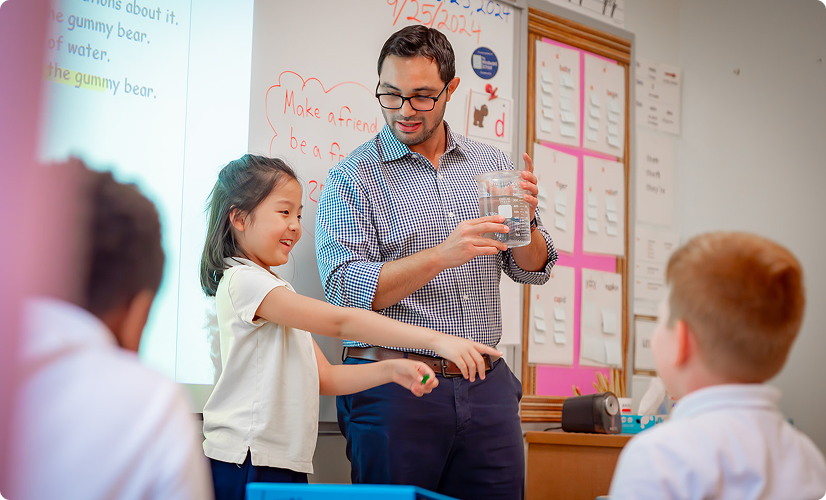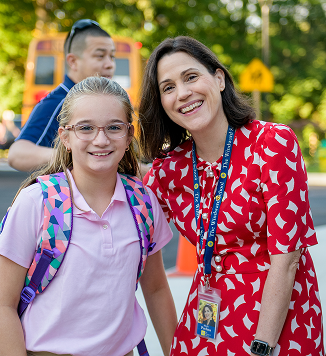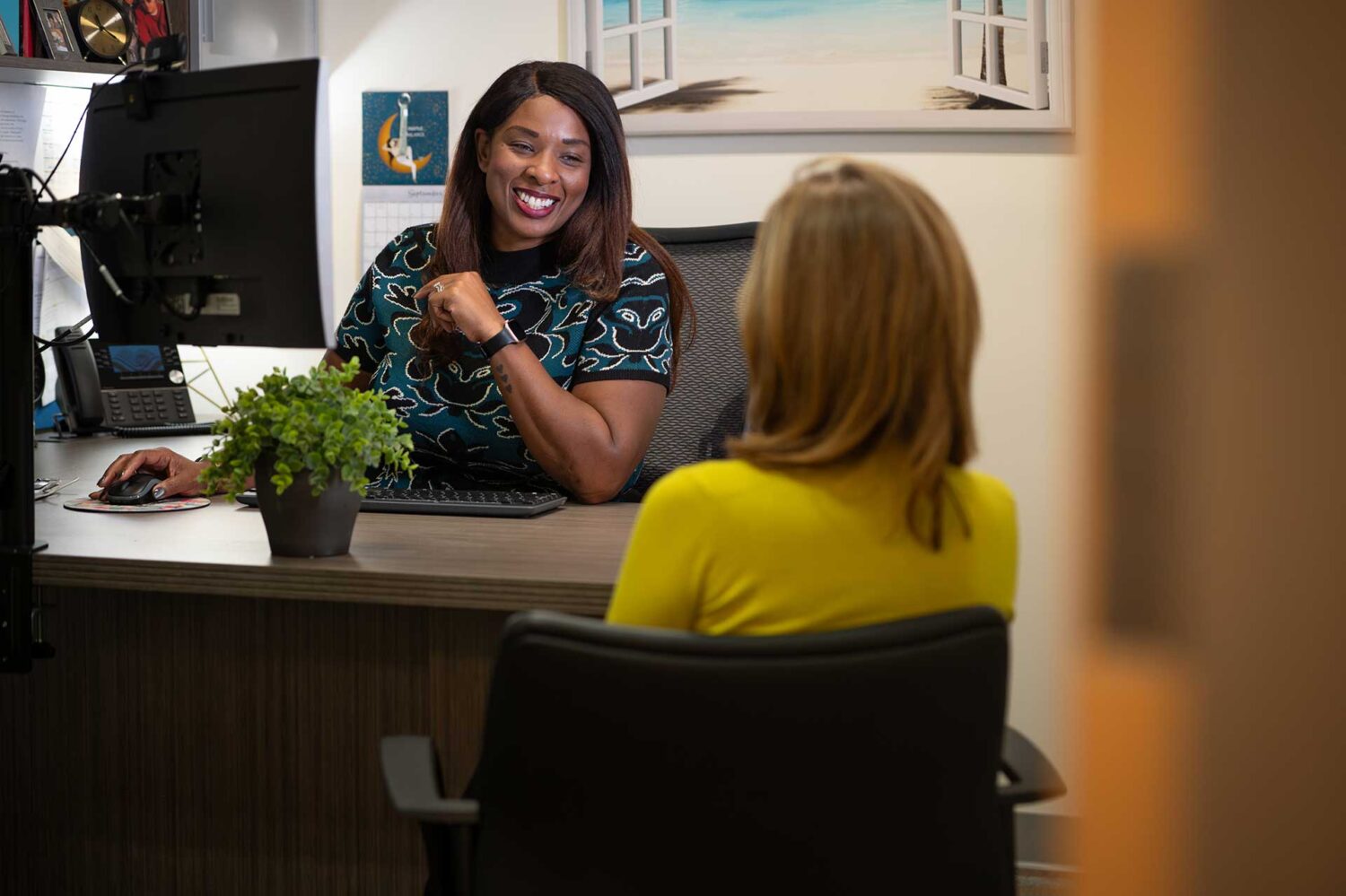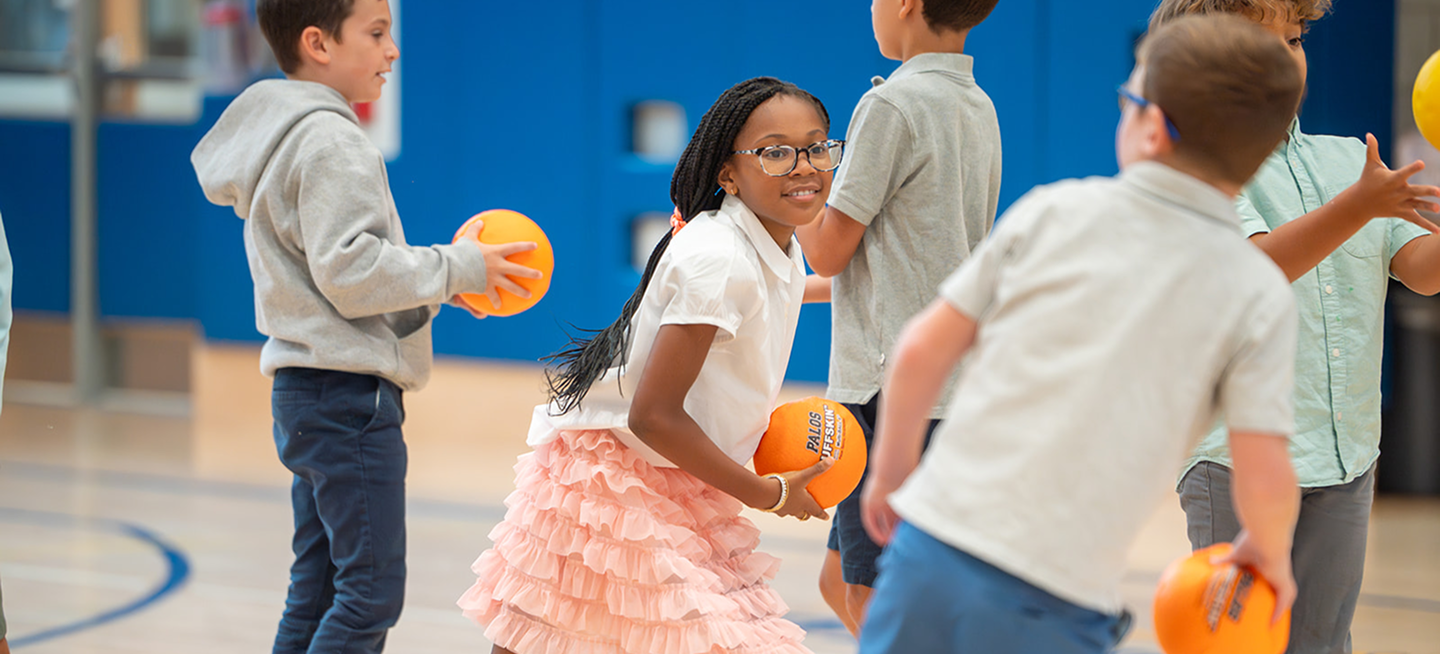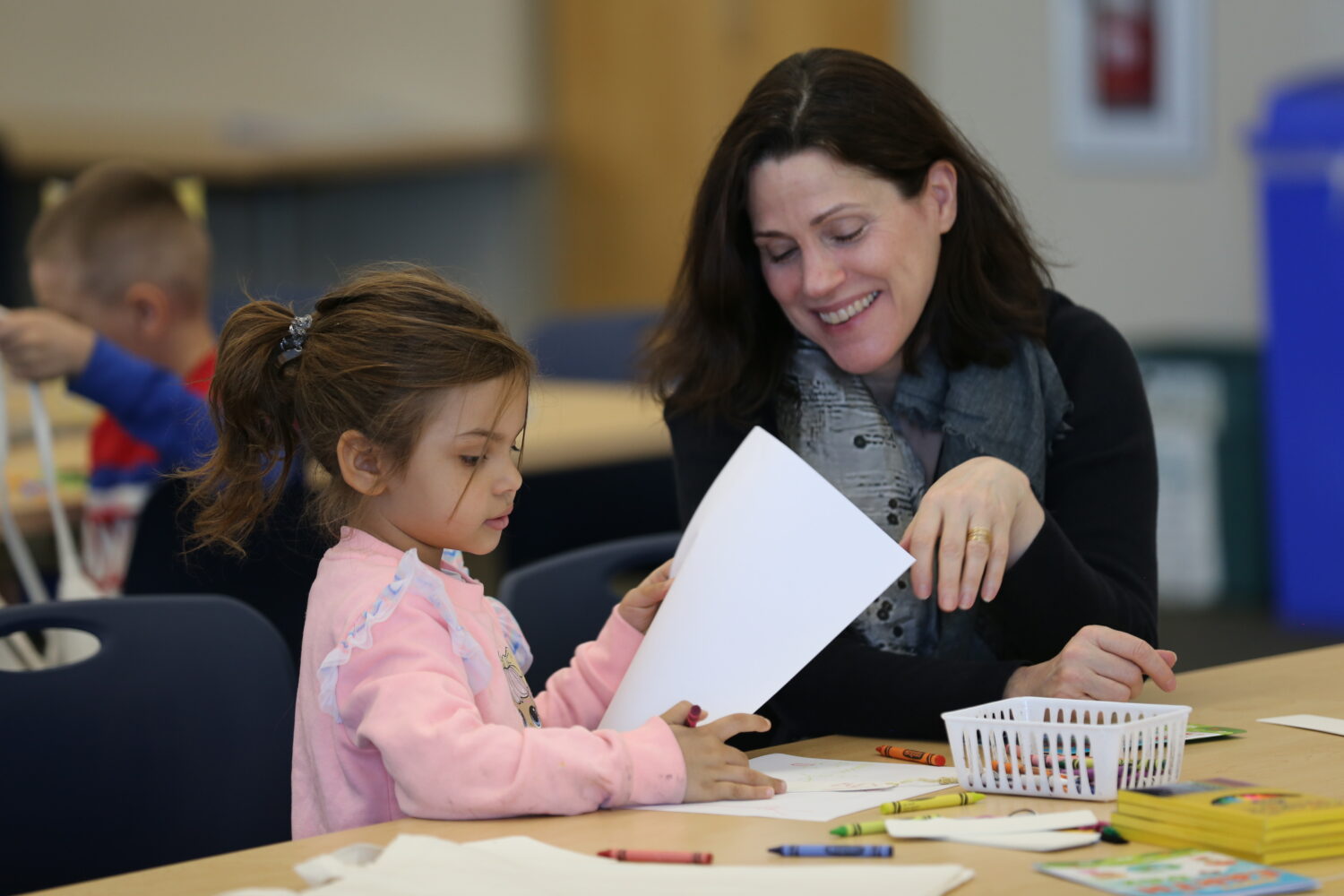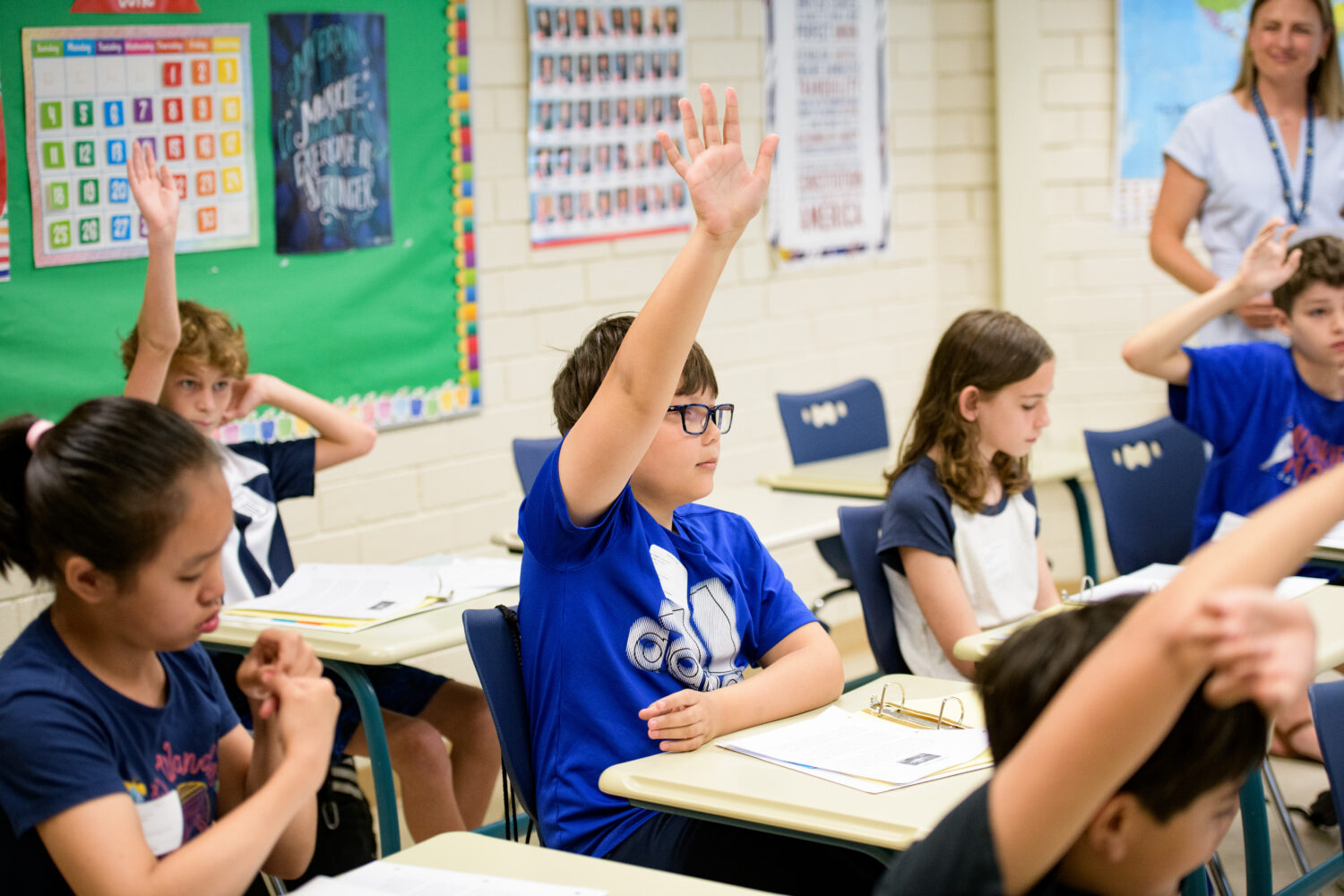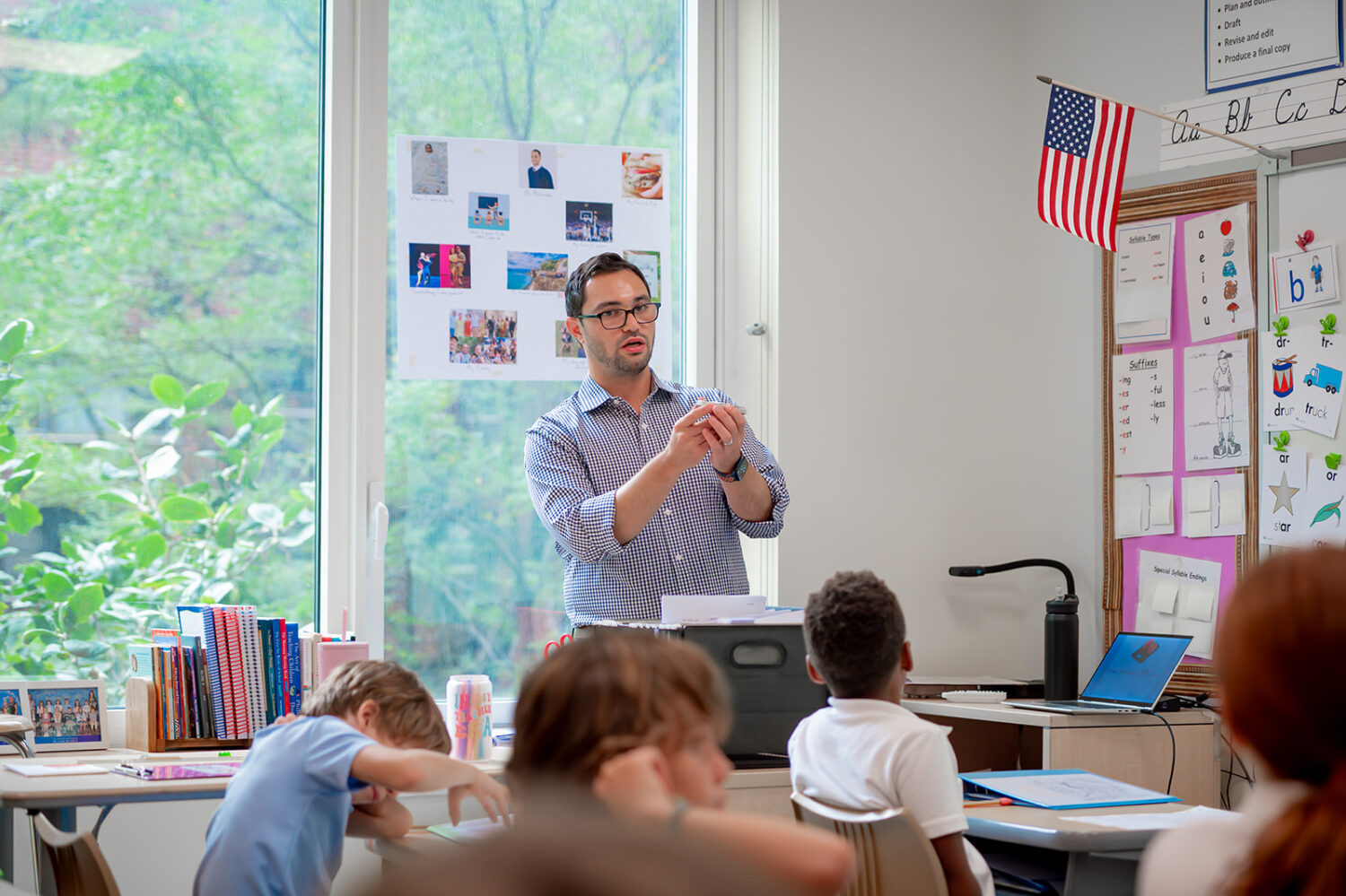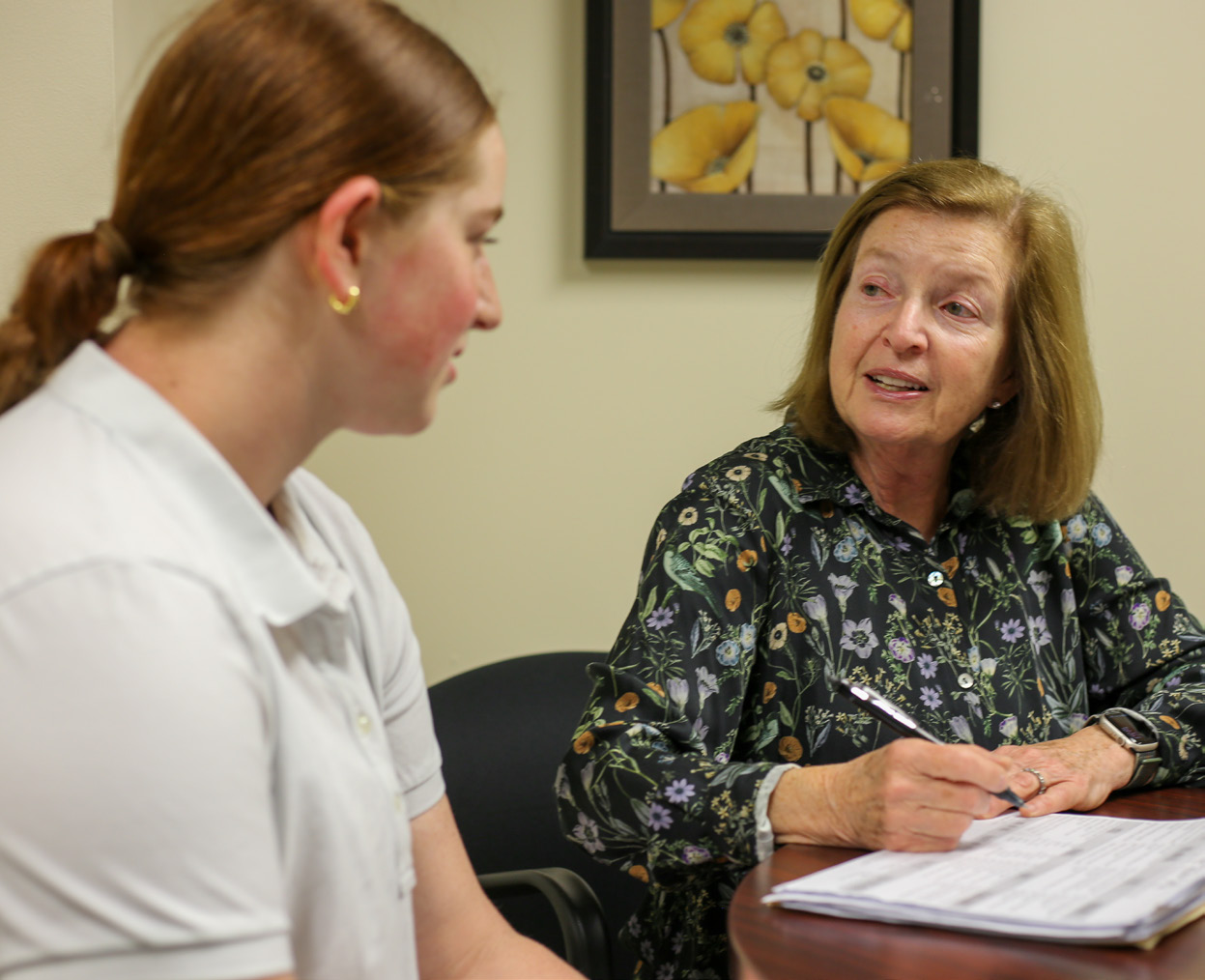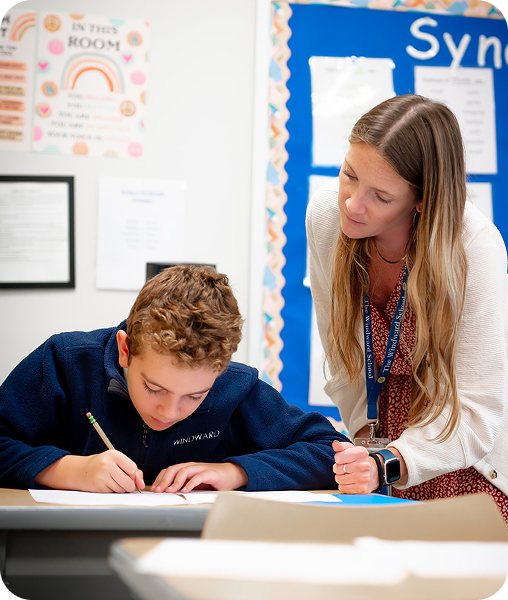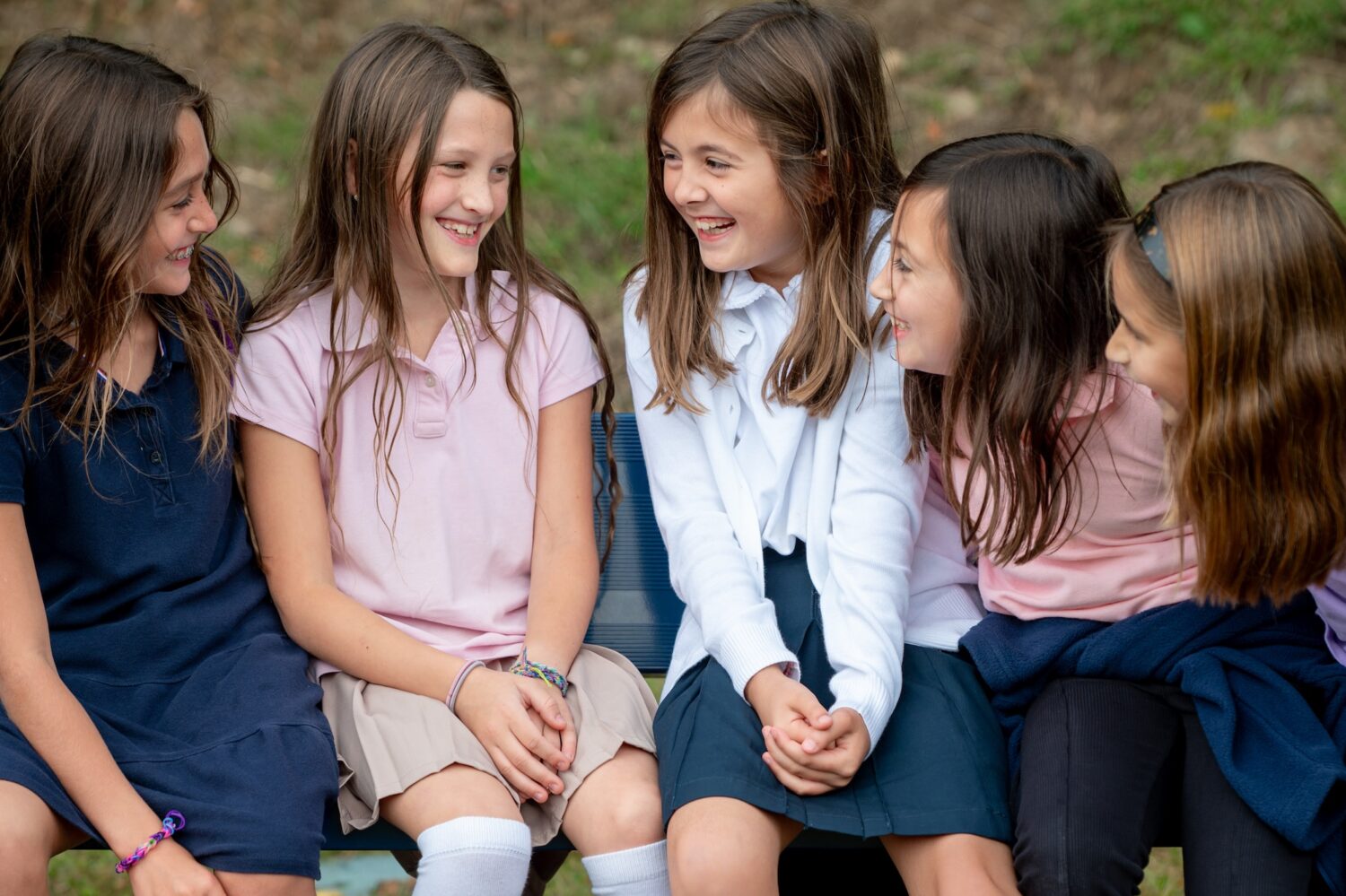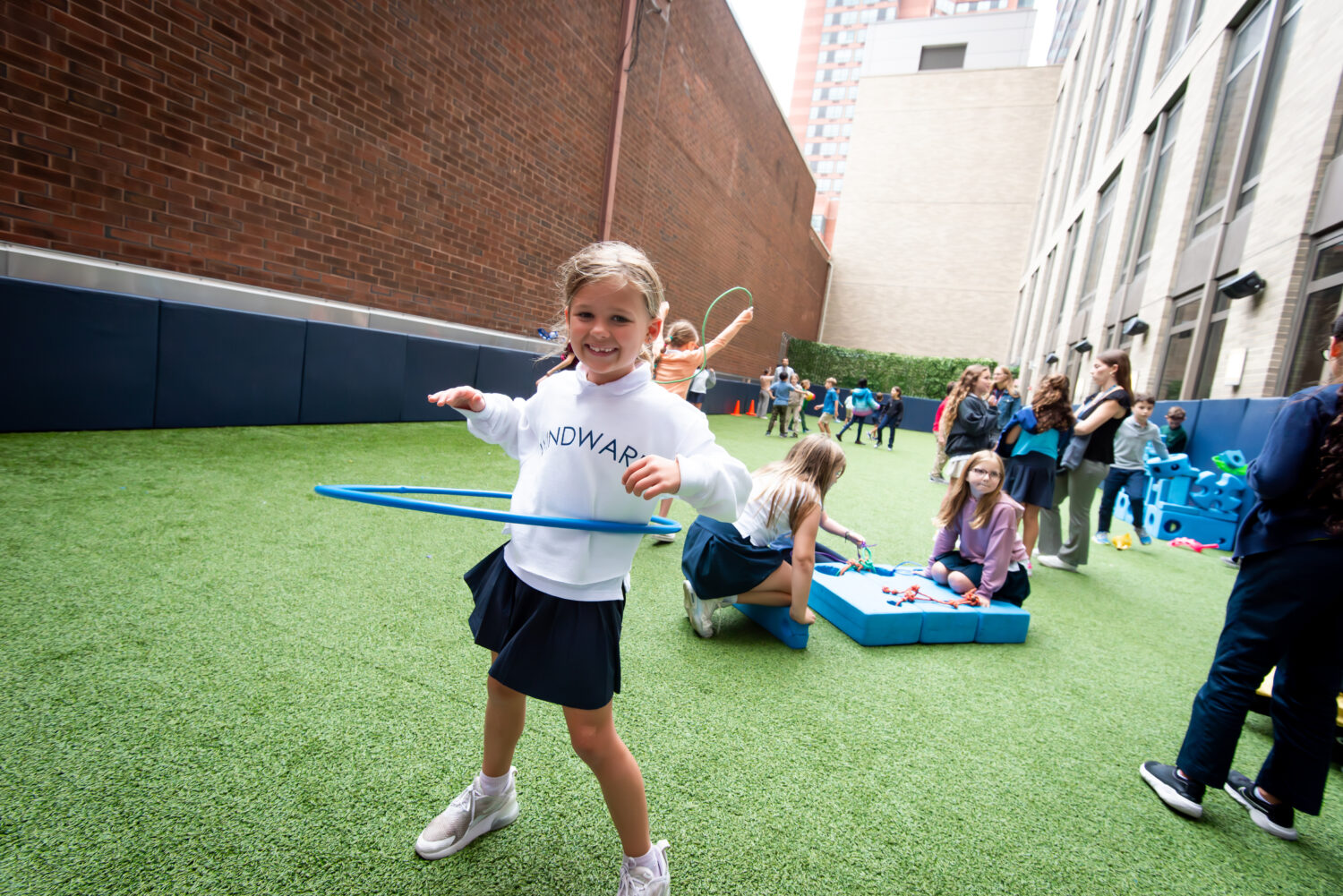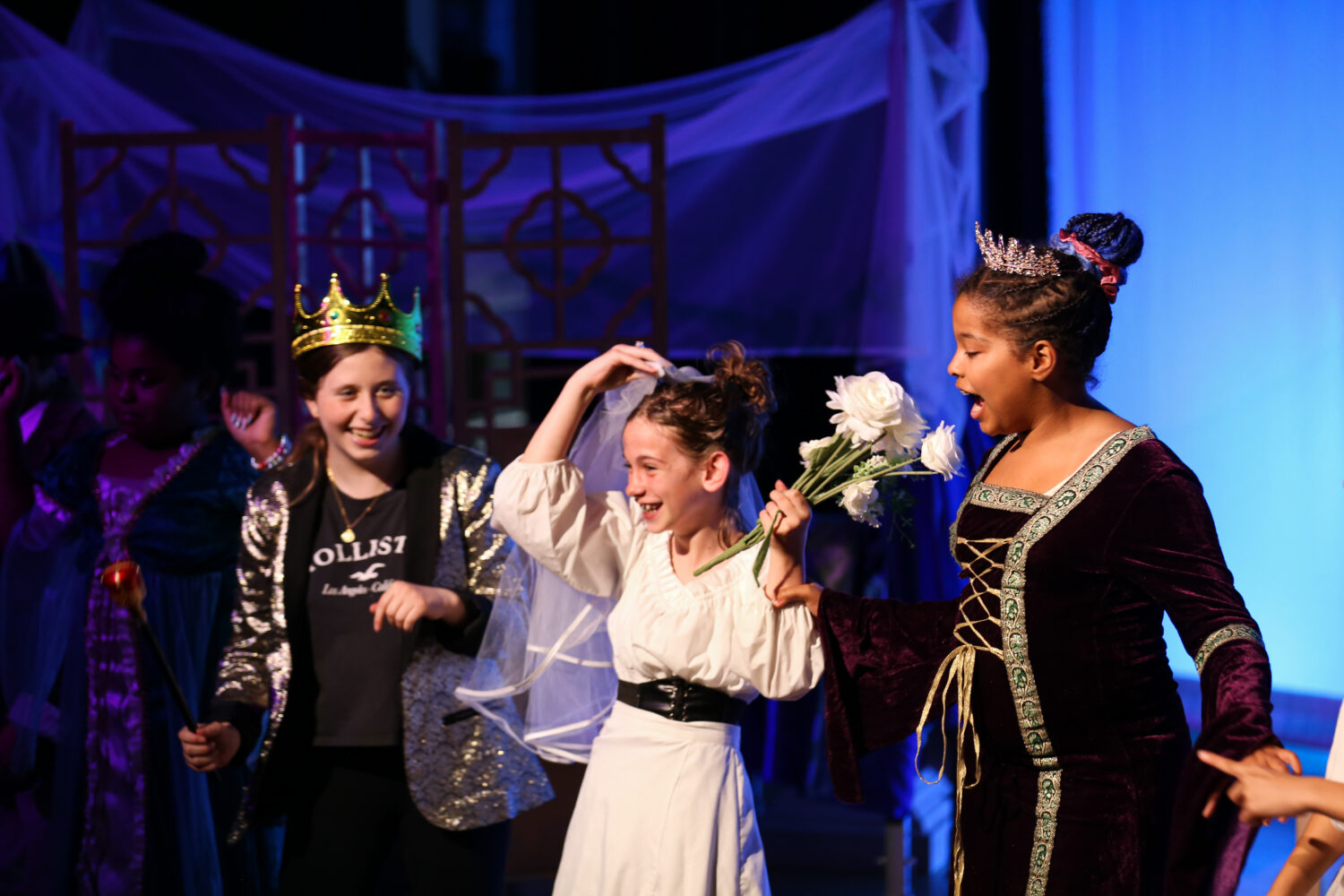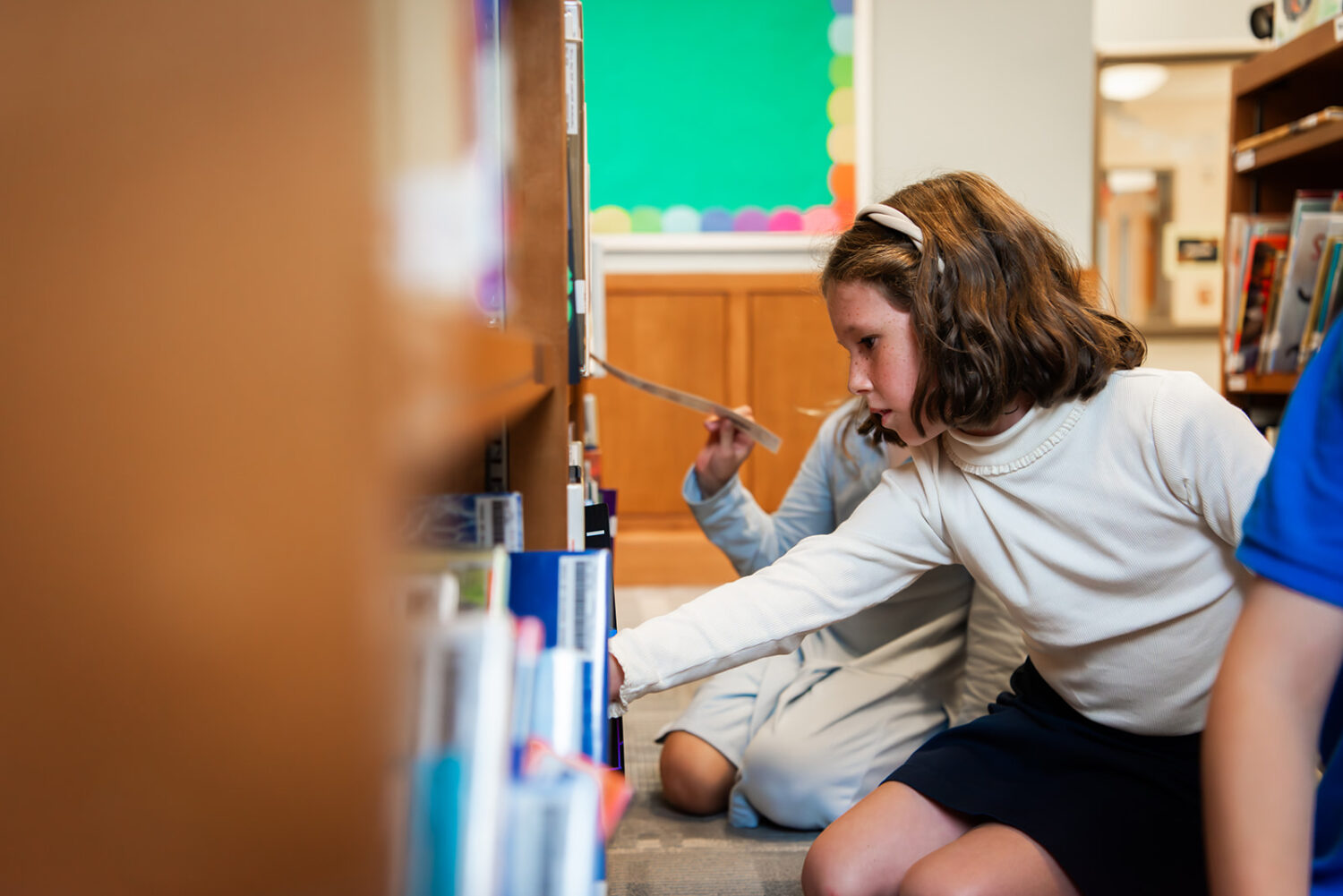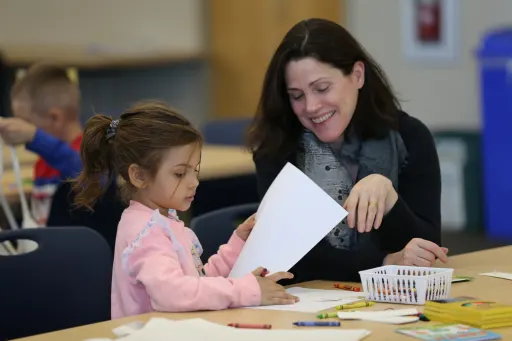
Academics at Windward
1. Acquiring the strategies and skills necessary to reach their academic potential
2. Developing self-confidence in their ability to achieve success
3. Understanding their disability so they can become effective self-advocates
Unmatched instructional Model
The Windward Approach
Students are encouraged to take ownership of their learning and define themselves through their character and accomplishments, not their learning disabilities. Most Windward students spend 3 to 5 years at the Windward School, and 98% of Windward students return to mainstream schools. Our students matriculate into a broad range of schools that report back to us that two years after leaving Windward, 98% of Windward alumni are performing at or above grade level.
A direct instruction teaching model is used throughout the School to deliver the curriculum. Teachers follow this model—a structured, systematic, and effective research-based methodology—in order to maximize students’ academic growth. Students are provided with a purpose and rationale for learning a new strategy or skill, clear explanations, demonstrations, and time to practice with teacher feedback until mastery is achieved.
Our Programs
The Windward School works to ensure that all students have a well-rounded education that helps them to succeed inside and outside of the classroom.
Windward’s Learning Environment
Targeted Instruction
Reading, writing, and content-area subjects are taught with a strong emphasis on language competence, skill development, and cognitive strategy. Students are grouped within their grade level according to their levels of skill development in language arts and mathematics. Students are grouped with peers who have varied levels of skill development in other content areas and special area subjects.
There are usually 2 teachers and rarely more than 12 students in each academic classroom. Keeping class sizes small provides maximum time for direct instruction by highly trained teachers and helps students achieve success. Because students progress at different rates, progress is monitored continually, academic groups are flexible, and students move among language arts and mathematics groups as their skills develop.
All students enjoy regular periods of physical education, library, and art. Music is a weekly part of the lower school schedule and an optional extra-curricular in the middle school. Computer classes for keyboarding and word processing begin in the fourth grade. Students in grade 8 take a course called GAINS, an acronym for Getting Ahead in School, to help them examine their learning strengths and weaknesses so they can become more effective advocates for themselves.
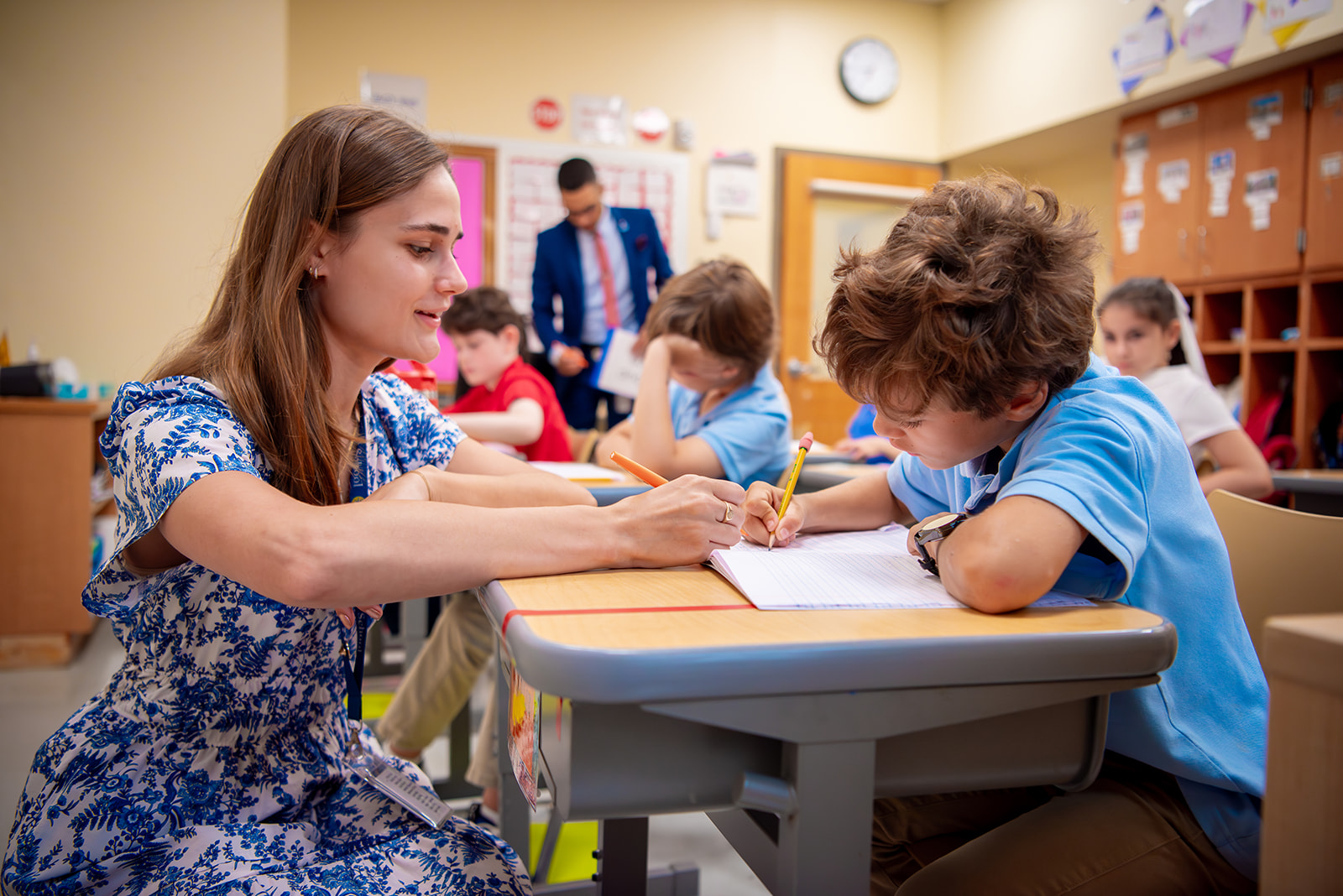
Language learning across content areas
Rich Language Experiences
Beyond language arts classes, language learning is embedded in all content-area classes, the arts, and physical education. Through staff development, Windward teachers learn how to extend language instruction throughout the curriculum, carefully analyzing the important speaking, listening, reading comprehension, and writing skills demanded for each lesson. Windward teachers are trained to help students improve sentence and text comprehension, learn vocabulary, practice inferential and critical thinking, and become more adept with social uses of language. Recess and playground activities are also viewed as important contexts for language learning and practice.
